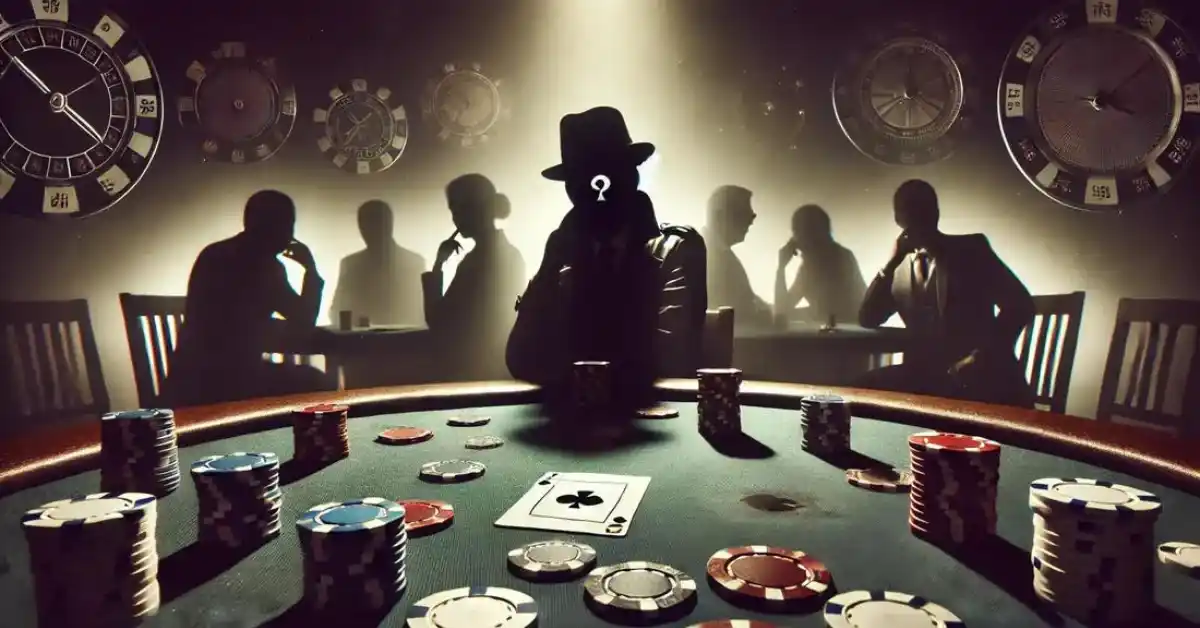Mastering the Art of Bluffing in Poker: The Edge Between Triumph and Defeat
In poker, bluffing stands as one of the most powerful tools a player can use, often distinguishing seasoned players from beginners. The most thrilling moments in the game come from those who have honed their bluffing skills to the point where they can craft stories so persuasive that opponents fold, even when holding a strong hand. Bluffing transcends mere strategy—it’s a sophisticated blend of psychology, narrative, and timing.
At its heart, bluffing is about creating a false perception, leading your opponents to believe that your hand is far better than it truly is. The objective is to manipulate them into folding or making less optimal choices. Success in bluffing depends on several crucial factors: understanding your opponents, calculating odds, and presenting the right image at the table.
Key Elements of a Successful Bluff
While many players grasp the idea of bluffing, mastering it requires an in-depth understanding of its subtleties. Several key components make a bluff more effective:
- Analyzing Your Opponents
- Bluffing with Precision
- Building a Believable Narrative
- Recognizing Pot Odds
- Mastering Body Language
- Adapting Bluffing Strategies to Different Formats
- Psychological Mastery in Bluffing
Let’s delve into each aspect.
1. Analyzing Your Opponents
A successful bluff begins with understanding your opponents. Each player has unique behaviors, betting patterns, and tells. Some players crumble under aggressive play, while others are more likely to call you out on a bluff. Paying close attention to these tendencies allows you to pick the best moments to bluff. The more you can read your opponents, the more precise your bluff will be.
2. Bluffing with Precision
Timing is crucial when executing a bluff. Bluff too early, and you risk getting exposed. Bluff too late, and the opportunity may be lost. The most effective bluffs occur after you’ve set up a believable sequence of actions. For example, if you’ve been betting strongly in previous rounds, a sudden shift in your betting pattern can signal to opponents that you’ve made a strong hand, prompting them to fold.
3. Building a Believable Narrative
Bluffing in poker is akin to weaving a story. Your actions throughout the hand must align with the story you’re telling about your hand strength. If you’ve bet aggressively pre-flop and continue through the turn, a river bluff is more likely to succeed if it matches the image of a strong hand. Any break in this narrative could raise suspicion and unravel your bluff.
4. Recognizing Pot Odds
Bluffing isn’t solely about reading your opponents; it’s also about understanding the math of the game. Pot odds play a vital role in determining the likelihood of your bluff succeeding. When the pot odds are low, your opponents are more inclined to call, making bluffing riskier. But when the odds are in your favor, a well-timed bluff can make opponents think twice and fold. Calculating pot odds effectively is crucial to making the right decision.
5. Mastering Body Language
In live poker, non-verbal cues are just as important as betting patterns. Your body language can give away the strength of your hand—or cleverly disguise it. A calm, confident demeanor can suggest strength, encouraging others to fold, while nervous habits like fidgeting or avoiding eye contact may signal weakness. Maintaining control over your body language, while simultaneously reading others, is essential to becoming a bluffing expert.
6. Adapting Bluffing Strategies to Different Formats
Bluffing strategies shift depending on the type of game you’re playing, whether it’s a cash game or a tournament. In cash games, where players can buy back in, bluffing tends to be more conservative. In tournaments, however, where survival and chip stacks are on the line, bluffing becomes a more integral part of the strategy. Being adaptable and tweaking your bluffing techniques for different formats is key to keeping opponents off balance.
7. Psychological Mastery in Bluffing
Bluffing is just as much about psychology as it is about cards. Confidence is at the heart of a successful bluff. A self-assured player is more likely to convince opponents that they have a strong hand, even when their cards don’t back it up. To sell a bluff, you must first convince yourself. A player who radiates confidence, calmness, and control can manipulate their opponents’ perceptions, making the bluff all the more believable.
The Power of Bluffing: From Deception to Mastery
To truly excel in poker, mastering the art of bluffing is essential. It’s about more than deceiving your opponents; it’s about crafting a compelling narrative, knowing when to be aggressive or cautious, and understanding the balance between strategy and psychology. With sharp timing, intuition, and a deep awareness of the game’s rhythm, bluffing can become a powerful asset. A well-executed bluff can shift the entire momentum of the game, turning you from an ordinary player into a formidable force at the poker table.







